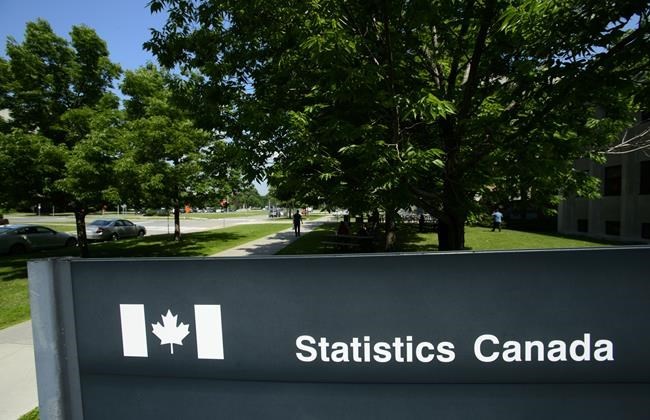OTTAWA — The Canadian economy grew at an annual rate of 5.6 per cent in the first quarter of the year before falling back in April, leaving experts looking forward to summer and hopes for household spending to ignite a sharp rebound.
Part of the optimism comes from the billions in savings Canadians are sitting on that have grown through the pandemic as consumers had fewer options to spend their extra cash and government aid put a financial floor under hard-hit households.
The savings rate rose to 13.1 per cent from the 11.9 per cent recorded in the final quarter of 2020, marking four straight quarters where the rate was in double digits, and more than double the 5.1 per cent recorded in the first quarter of 2020.
Generally, higher income households had higher savings than lower income households. Overall, households added another $47 billion in savings in the first quarter to the over $200 billion added in 2020, RBC senior economist Nathan Janzen said.
In an interview, he said the figures on savings and increases in disposable income, which Statistics Canada noted rose by $32.3 billion over the first quarter, suggest consumer spending could quickly recover when restrictions ease.
"That's probably not so much of a May story, but we could start to see early stages of that recovery in June," Janzen said.
"Then certainly over the summer as vaccination rates, presumably, will have ramped up significantly, you could see more spending going back to more normal levels, or above, and not just for goods, but also for those high-contact services that have been essentially unavailable for purchase for most of the last year."
The growth for the first three months of the year was better than the contraction first forecast months ago, but still represented a slowdown from the 9.6 per cent pace seen over the last three months of 2020.
Statistics Canada said Tuesday that the quarter ended with an increase of 1.1 per cent in real gross domestic product in March, following the 0.4 per cent registered in February, bringing overall economic activity one per cent below the levels seen pre-pandemic in February 2020.
Helping the economy through the first quarter were looser public health restrictions that allowed households to spend more on goods and services, including on home building and renovations as residential investment grew at an annual rate of 43 per cent in the quarter.
Construction expanded for the third consecutive quarter, driven by construction of single-family homes and renovations as Canadians looked to improve their houses or find a larger space.
But containment measures imposed in April appeared to trip up months of gains as Statistics Canada estimated a drop in economic output of 0.8 per cent for April, which would be the first decline since the drop in April 2020 during the first wave of the pandemic.
TD senior economist Sri Thanabalasingam wrote that with many restrictions still in place through May, the economy likely didn't fare much better in the second month of the second quarter.
Statistics Canada said the GDP decline in April would leave overall economic activity about two per cent below pre-pandemic levels in February 2020.
However investors already seem to be looking past the rest of the second quarter, noted CIBC chief economist Avery Shenfeld, hoping vaccinations will pave the way for stronger growth in the second half of the year.
BMO chief economist Douglas Porter said Tuesday the GDP numbers have been as much a health report as an economic report.
"The good news is we're seeing pretty clear signs that we're well past the peak of the third wave now and things are poised to start opening again," Porter said.
"Hopefully, this one will last longer — hopefully permanently — and we do look forward to a pretty solid comeback by the Canadian economy in June and through the summer."
This report by The Canadian Press was first published June 1, 2021.
Jordan Press, The Canadian Press


